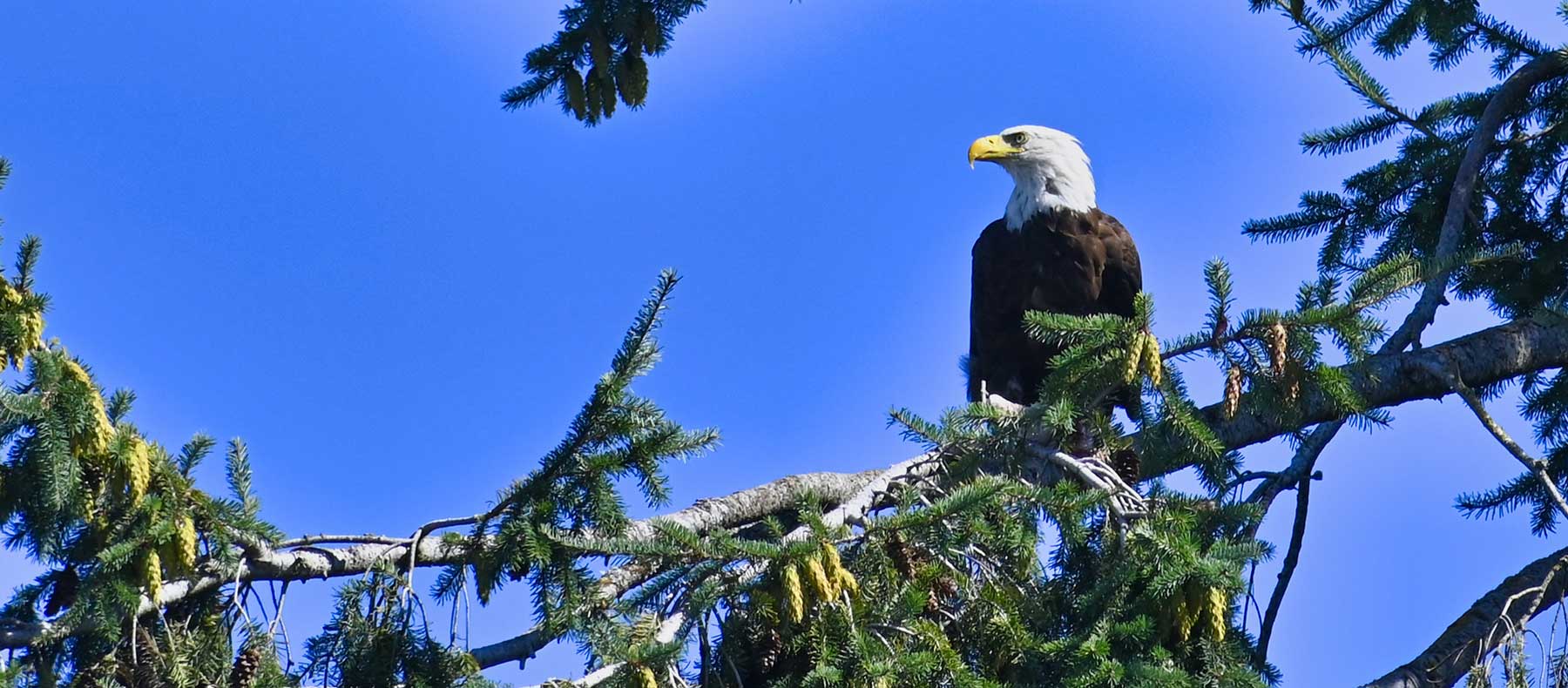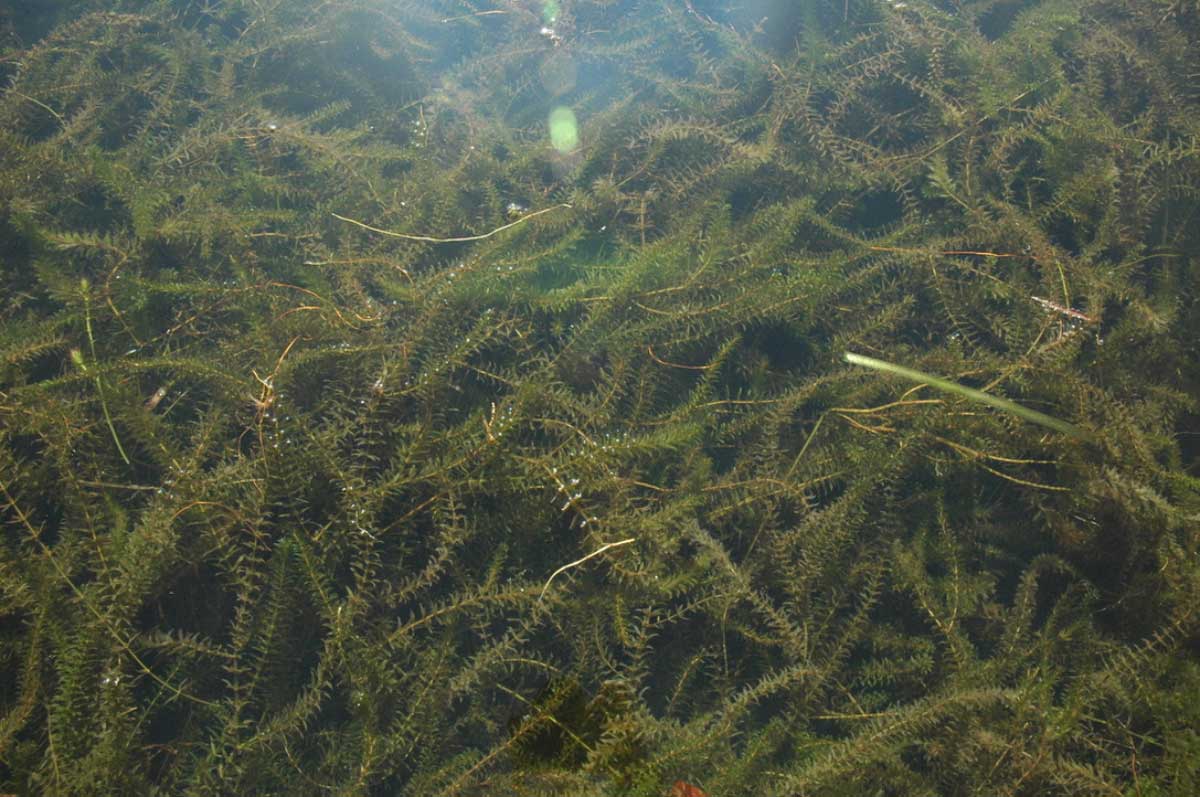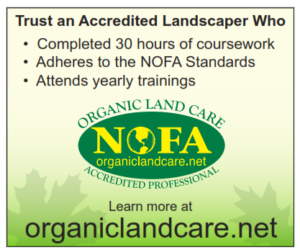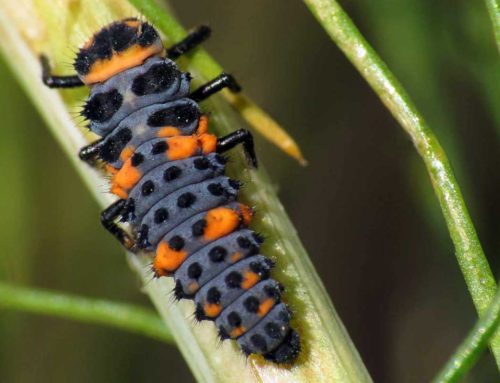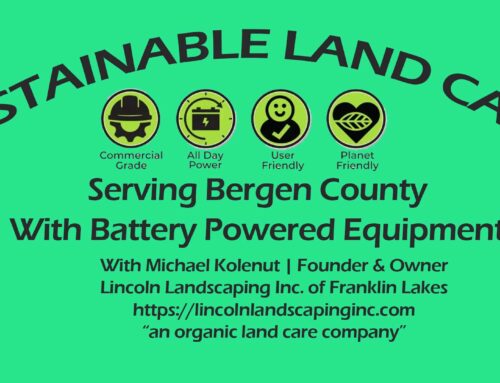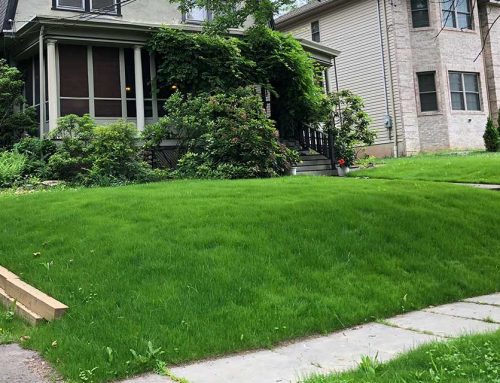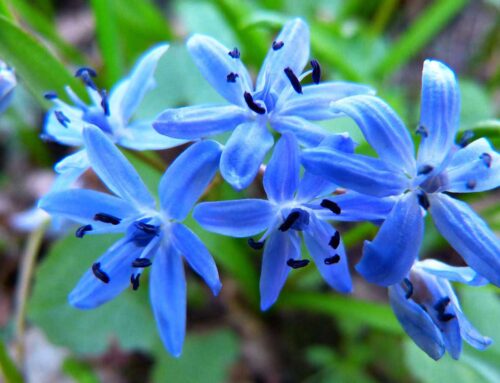Bald Eagle Killer Identified As Non-Native Plant
Sustainable Landscaping With Native Plants
“This paper represents really careful and long-term investigation of a great mystery.”
After a nearly 30-year hunt, researchers have shown that a neurotoxin generated by cyanobacteria on invasive plants is responsible for eagle and waterbird deaths from vacuolar myelinopathy. They linked the deaths with a newly discovered cyanobacterial species (later named Aetokthonos hydrillicola; the genus means “eagle killer”) that grows on an invasive plant (Hydrilla verticillata) in humanmade reservoirs near where the birds have died.
I for one can’t think of a better reason than this to utilize native plants. This non-native plant is killing our national symbol, the Bald Eagle. That is totally unacceptable! What kind of legacy is this to pass on to the next generation? “Oh son, we imported a plant for our tabletop aquarium so the goldfish had a place to hide and ended up killing the symbol of America instead. If you want to see a Bald Eagle google it!”
What? This plant causes the animals to lose control over their bodies and holes form in their brains as a result of the disease. It’s estimated that at least 130 eagles have died of VM, but the real number is probably at least 10 times that number. Bald eagles are not the only species that are affected by the disease. Fish, frogs, snails, salamanders, turtles, snakes, owl, and waterfowl are all affected; however, since bald eagles feed on all of those other infected animals, they are one of the most affected. In essence it is destroying Mother Nature’s Eco-System as all the wildlife and plants meet specific criteria to maintain this environment we live within.
The recently released report finds that colonization of waterways by an invasive, introduced plant provided a substrate for the growth of a previously unidentified cyanobacterium. Exposure of this cyanobacterium to bromide, typically anthropogenic in origin, resulted in the production of a neurotoxin that both causes neuropathy in animals that prey on the plants and also bioaccumulates to kill predators such as bald eagles.
Read the Entire Scientific Research Report
From the cyanobacterium to the bald eagle—toxin transmission through the food chain. A. hydrillicola, growing in colonies on aquatic vegetation, produces the neurotoxin AETX. Waterbirds, tadpoles, aquatic turtles, snails, and fish consume this contaminated vegetation and develop VM. Predators develop VM when they consume animals that have been grazing on A. hydrillicola–covered plants.
The New Jersey Water Authority has an extensive series of web pages relating to Hydrilla, the non-native invasive plant that is creating this havoc. Of greatest concern is the discovery of the aggressive emerging invasive.
(Hydrilla verticillata) – The Perfect Weed
Hydrilla is named after Hydra, the 9-headed serpent of Greek mythology, because it can grow an entirely new plant from a tiny stem fragment.
Think you might have found hydrilla? Please Do Not try to remove it. Remember that new plants can grow from pieces as small as an inch. If you have a suspected sighting of hydrilla, please contact us using the link on the button above.
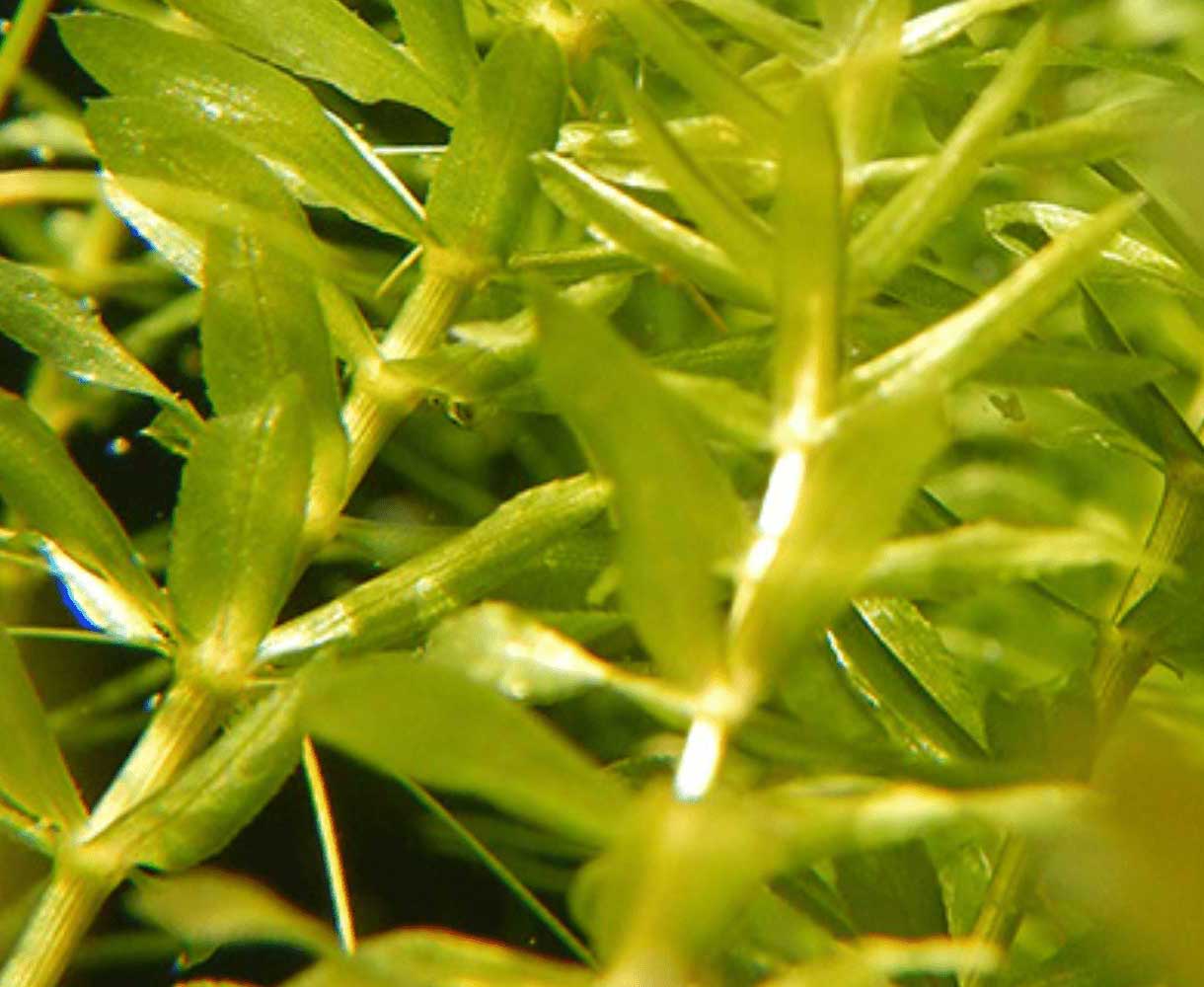 It only takes a one-inch fragment of Hydrilla to begin an infestation.
It only takes a one-inch fragment of Hydrilla to begin an infestation.
To prevent further spread, make sure that you follow good invasive species prevention practices when moving your watercraft or other recreation gear from one body of water to another. To minimize the potential spread of this aquatic weed, follow these simple steps.
- AVOID: boating through mats of hydrilla. This will minimize fragmentation and the spreading of plants.
- CLEAN: any mud and/or plant fragments from your boat, propeller, boat trailer and all your gear including waders and boots before leaving a water body. Rinse equipment and boat hulls (with high pressure, hot water when possible)
- DRAIN: all of the water from your boat (including the bilge, live well, motor), trailer, tackle and gear before leaving the area.
- DRY: your boat, trailer and gear after each use.
- NEVER: release aquarium or water garden plants into the wild. Instead, seal them in a plastic bag and throw them in the trash.
For further information a link to the NEW JERSEY WATER SUPPLY AUTHORITY HYDRILLA pages below
Lincoln Landscaping Inc of Franklin Lakes
“creating eco-systems”
Lincoln Landscaping “The Natural Choice”
Mike Kolenut President & CEO
https://lincolnlandscapinginc.com
(201) 848-9699

